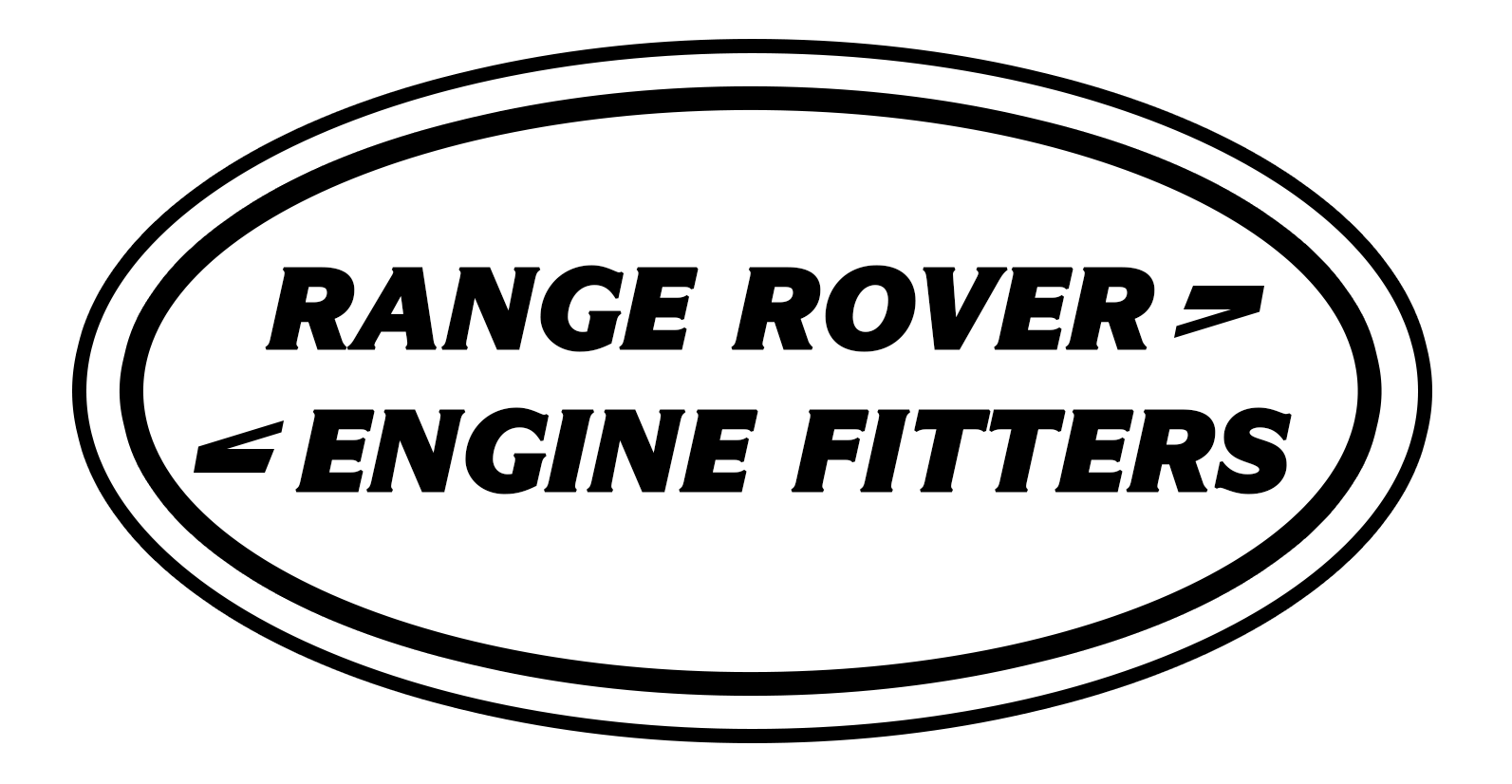Introduction
The automotive industry has been at the forefront of technological innovation for decades, constantly pushing the boundaries of what’s possible in terms of performance, efficiency, and sustainability. One such example is the Range Rover 2.0 engine, which embodies the latest advancements in automotive engineering. We delve into the technological innovations integrated into the Range Rover 2.0 engine, exploring how they enhance the driving experience, fuel efficiency, and environmental sustainability.
Turbocharging and Direct Injection: Power and Efficiency
The heart of the Range Rover 2.0 engine lies in its combination of turbocharging and direct injection technologies. Turbocharging provides a boost in power by forcing more air into the combustion chamber, resulting in improved performance without sacrificing fuel efficiency. Direct injection complements this by precisely delivering fuel directly into the combustion chamber, optimizing combustion for maximum power output and minimal emissions. Together, these technologies strike a balance between power and efficiency, making the Range Rover 2.0 engine a formidable powerhouse on the road.
Variable Valve Timing: Optimizing Performance Across RPM Range
Variable valve timing (VVT) is another key innovation in the Range Rover 2.0 engine, enabling it to adapt to different driving conditions with ease. By adjusting the timing of the intake and exhaust valves according to engine speed and load, VVT optimizes performance across the RPM range. This means seamless power delivery whether cruising on the highway or tackling challenging terrain off-road. VVT also contributes to improved fuel efficiency by ensuring the engine operates at its most efficient level under all circumstances.
Lightweight Construction: Enhancing Agility and Fuel Efficiency
In the quest for better performance and fuel efficiency, weight reduction plays a crucial role. The Range Rover 2.0 engine incorporates lightweight materials such as aluminum and high-strength alloys in its construction, shedding unnecessary pounds without compromising structural integrity. This not only enhances agility and responsiveness but also improves fuel efficiency by reducing the overall load the engine has to propel. The result is a vehicle that feels nimble and efficient, whether navigating city streets or traversing rugged terrain.
Start-Stop Technology: Reducing Idle Fuel Consumption
In urban environments where traffic congestion is common, idling consumes a significant amount of fuel and contributes to emissions. To address this issue, the Range Rover 2.0 engine features start-stop technology, which automatically shuts off the engine when the vehicle comes to a stop and restarts it seamlessly when the driver releases the brake pedal. By reducing idle fuel consumption, start-stop technology not only saves fuel but also lowers emissions, making the Range Rover 2.0 engine more environmentally friendly without compromising convenience or performance.
Integrated Hybridization: Enhancing Powertrain Efficiency
Hybridization is revolutionizing the automotive industry, and the Range Rover 2.0 engine embraces this trend with integrated hybrid technology. By pairing a traditional combustion engine with an electric motor and battery pack, hybridization enhances powertrain efficiency and reduces reliance on fossil fuels. The electric motor provides instant torque for quick acceleration, while the battery pack can be recharged through regenerative braking and engine power, further improving fuel efficiency. This seamless integration of hybrid technology underscores Range Rover’s commitment to sustainability without compromising luxury or performance.
Advanced Engine Management Systems: Intelligent Performance Optimization
Behind the scenes, sophisticated engine management systems monitor and control every aspect of the Range Rover 2.0 engine’s operation in real-time. These systems use a network of sensors to gather data on factors such as engine temperature, air intake, and fuel injection, allowing for precise adjustments to optimize performance and efficiency. Advanced algorithms analyze this data to make split-second decisions, ensuring the engine operates at peak performance while minimizing fuel consumption and emissions. This level of intelligent control contributes to the Range Rover 2.0 engine’s reputation for refinement and reliability.
Active Aerodynamics: Streamlining Efficiency at Speed
Aerodynamics play a crucial role in automotive efficiency, especially at higher speeds. The Range Rover 2.0 engine incorporates active aerodynamic features that automatically adjust to streamline airflow around the vehicle, reducing drag and improving fuel efficiency. These features may include adjustable grille shutters, air curtains, and rear spoilers that deploy or retract as needed to optimize aerodynamic performance. By harnessing the power of aerodynamics, Range Rover enhances the efficiency and stability of its vehicles, resulting in a smoother, more fuel-efficient driving experience.
Connectivity and Over-the-Air Updates: Future-Proofing Performance
In the age of connectivity, automotive manufacturers are leveraging technology to enhance the ownership experience beyond the traditional boundaries of the vehicle. The Range Rover 2.0 engine is equipped with advanced connectivity features that allow for over-the-air updates to its onboard systems and software. This means owners can receive the latest performance enhancements, bug fixes, and even new features remotely, without the need for a dealership visit. By future-proofing performance through connectivity, Range Rover ensures that its vehicles remain at the cutting edge of innovation throughout their lifecycle. More details about the range rover engine here at the https://www.rangeroverenginefitters.co.uk/ .
Conclusion
The Range Rover 2.0 engine represents the pinnacle of technological innovation in the automotive industry, incorporating a myriad of advancements to deliver unmatched performance, efficiency, and sustainability. From turbocharging and direct injection to hybridization and advanced engine management systems, every aspect of the engine is meticulously engineered to optimize power delivery while minimizing environmental impact. With its relentless pursuit of innovation, Range Rover continues to redefine the standards of luxury SUVs, setting new benchmarks for performance, efficiency, and driving experience.

